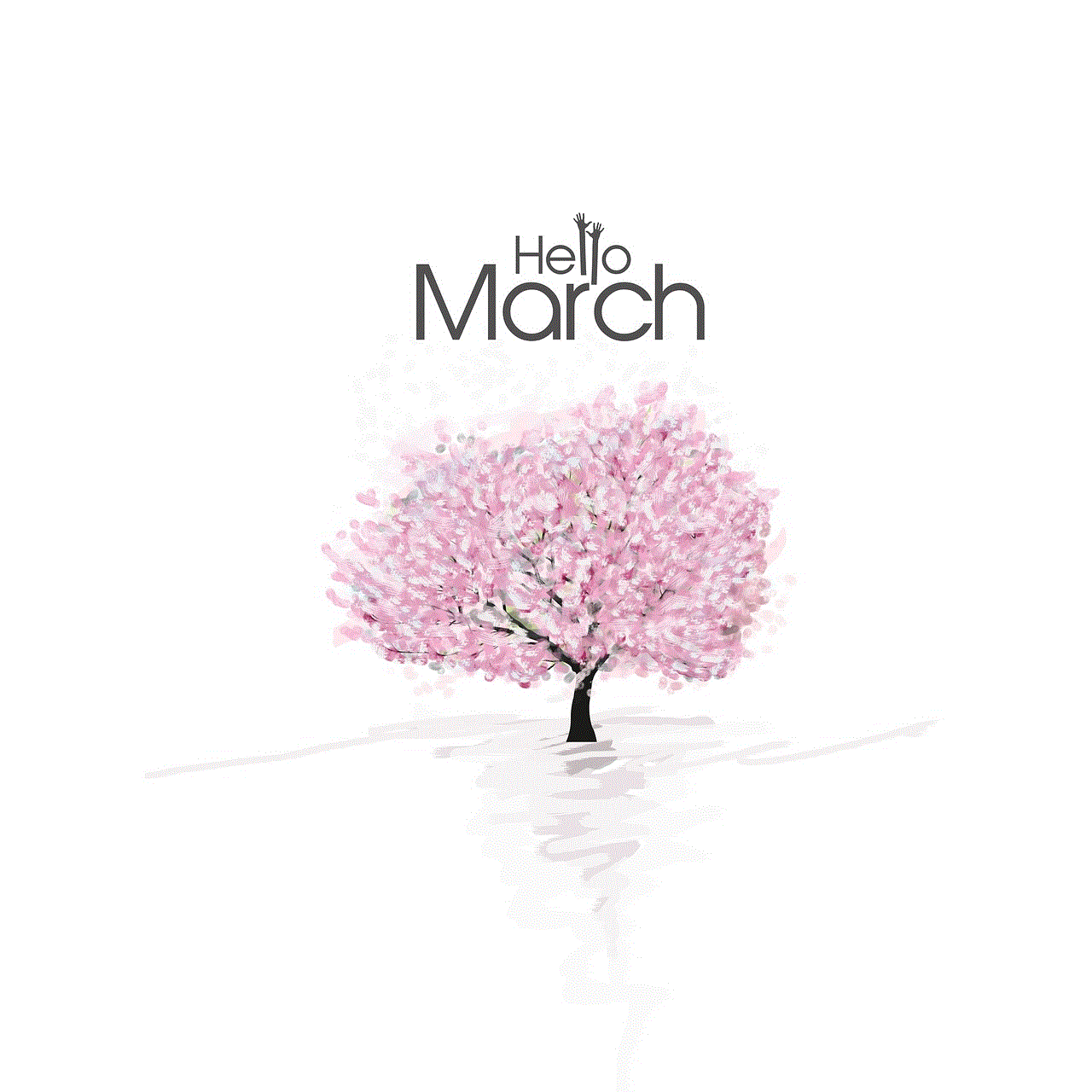teen party themes
A teenager’s life is full of milestones and one of the most exciting events is their birthday party. It’s a time for them to have fun, let loose and celebrate with friends. As a parent, planning a teen party can be a daunting task, especially when it comes to deciding on a theme. The theme sets the tone for the entire party and can make or break the overall experience. In this article, we will explore some of the most popular teen party themes that are sure to be a hit with your teenager and their friends.
1. Hollywood Glamour
For teenagers who love all things glamorous, a Hollywood-inspired party theme is perfect. This theme is all about glitz and glamour, with a touch of sophistication. The dress code could be anything from formal dresses and suits to red carpet-inspired attire. The decorations can include gold and silver accents, movie posters, and a red carpet for guests to walk on as they enter the party. For food, you can have a buffet of fancy hors d’oeuvres and a dessert table with a variety of decadent treats. And of course, don’t forget to have a photo booth with props for guests to take pictures like their favorite celebrities.
2. Tropical Luau
For a summer birthday, a tropical luau theme is a great option. This theme is all about bright colors, tropical flowers, and a laid-back atmosphere. The dress code could be Hawaiian shirts, grass skirts, and leis. For decorations, you can have tiki torches, inflatable palm trees, and tropical-themed tableware. As for food, you can have a variety of fruit platters, tropical drinks, and a BBQ. To add to the fun, you can have a limbo competition and a hula dancing contest.
3. Decades Party
A decades party is a fun way for teenagers to experience different eras. The theme can be based on any decade from the 60s to the 90s. The dress code can be anything from hippie outfits to disco dresses to grunge attire. For decorations, you can use iconic symbols from the chosen decade, such as peace signs for the 60s, disco balls for the 70s, and cassette tapes for the 80s. For food, you can have a variety of snacks and drinks that were popular during that decade. You can also have a dance competition where guests have to dance to songs from that era.
4. Masquerade Ball
A masquerade ball is a sophisticated and mysterious theme for a teen party. The dress code is formal attire with the addition of masks for guests to wear. The decorations can include elegant table settings, chandeliers, and dim lighting. For food, you can have a variety of hors d’oeuvres and a chocolate fountain for guests to indulge in. To add to the mystery, you can have a scavenger hunt where guests have to solve clues and find hidden objects.
5. Beach Party
For a more casual and laid-back theme, a beach party is a great option. This theme is perfect for summer birthdays or for teens who love spending time at the beach. The dress code can be swimsuits, cover-ups, and flip flops. For decorations, you can have beach balls, beach towels, and colorful beach umbrellas. As for food, you can have a BBQ with hot dogs, hamburgers, and other beach snacks like chips and dip. And of course, don’t forget to have some fun beach games like beach volleyball or a sandcastle building competition.
6. Carnival/Circus
A carnival or circus theme is perfect for teens who love a fun and vibrant atmosphere. The dress code can be anything from clown costumes to circus-inspired attire. For decorations, you can have colorful streamers, balloons, and circus posters. For food, you can have carnival favorites like popcorn, cotton candy, and hot dogs. To add to the carnival feel, you can have carnival games like ring toss or a dunk tank.
7. Glow in the Dark
A glow in the dark party is a unique and fun theme for teens. The dress code can be anything white or neon to make the fluorescent colors stand out. For decorations, you can have glow sticks, black lights, and neon posters. For food, you can have a variety of colorful snacks like chips and dips, fruit platters, and cupcakes with neon frosting. To add to the fun, you can have a dance party with glow in the dark accessories like bracelets and necklaces.
8. Murder Mystery
For teenagers who love a good mystery, a murder mystery party is a great option. This theme requires some planning and preparation, but it’s sure to be a hit with your teen and their friends. The dress code can be anything formal or you can assign specific characters for guests to dress up as. For decorations, you can create a crime scene with caution tape and fake blood. For food, you can have a variety of finger foods and a cake with a “whodunit” design. The party will revolve around solving the murder mystery with clues and interrogations.
9. Music Festival
If your teen is a music lover, a music festival theme is a perfect choice. The dress code can be anything from festival attire (think flower crowns and bohemian outfits) to band t-shirts and jeans. For decorations, you can have posters of popular bands and musicians, and a stage set up for performances. For food, you can have a variety of snacks and drinks that are typically found at music festivals. You can also have a karaoke competition or a lip-sync battle for some fun entertainment.
10. Superheroes
For teenagers who love all things superhero-related, a superhero theme is a great option. The dress code can be superhero costumes or regular clothes with a superhero accessory. For decorations, you can have posters of popular superheroes, and create a cityscape background for photo ops. For food, you can have a variety of snacks and drinks with superhero names like “Hulk punch” or “Batman bites”. To add to the fun, you can have a superhero training course with different challenges for guests to complete.
In conclusion, choosing a theme for a teen party can be a fun and exciting task. It’s important to involve your teenager in the planning process and consider their interests and preferences. With these popular teen party themes, you can create a memorable experience for your teen and their friends. Remember to have fun and enjoy the celebration!
what does it mean 420 friendly
When it comes to certain social circles, the term “420 friendly” is often thrown around, but what does it really mean? For some, it may be a code word for drug use, while for others it may simply be a way to express a laid-back attitude. Regardless of its origin, the term has become a popular phrase used in a variety of contexts. In this article, we will delve deeper into the meaning of “420 friendly” and how it has evolved over time.
Origin of the term
The origins of the term “420 friendly” are shrouded in mystery, with multiple theories about its meaning. Some believe that it originated from a group of high school students in California in the 1970s who would meet at 4:20 PM to smoke marijuana. Others claim that it was a police code for cannabis possession, while some suggest it comes from the number of chemical compounds in marijuana.
However, the most widely accepted theory is that it was coined by a group of friends known as “The Waldos” in San Rafael, California. The group of high school students would gather at 4:20 PM to search for a hidden marijuana crop, but they never found it. Despite this, the term “420” stuck and became synonymous with marijuana culture.
What does “420 friendly” mean?
In its simplest form, “420 friendly” means someone is open to smoking or consuming marijuana. It is often used as a way to indicate that a person is accepting and non-judgmental towards marijuana use. It can also be seen as an invitation to engage in drug use together.



However, the term has evolved to encompass a wider range of meanings. It can also refer to someone who supports the legalization of marijuana or someone who enjoys the culture surrounding it. In some cases, it can also be used to describe someone who simply enjoys the company of people who use marijuana, even if they do not partake themselves.
The term is not limited to marijuana use but can also refer to the use of other drugs. Some people may use it to indicate their openness to using other substances such as psychedelics or club drugs.
How is “420 friendly” used in society?
Since its inception, the term “420 friendly” has become a part of pop culture, with its use in movies, music, and literature. It has also become a popular phrase in online dating profiles, with many people using it to find like-minded individuals.
In recent years, many businesses have also started using the term to attract customers. From hotels and restaurants to tours and events, the phrase “420 friendly” has become a marketing tool to cater to the growing cannabis industry.
Some cities and states have also embraced the term, using it to promote their laid-back and progressive attitudes towards marijuana. For example, Colorado, which legalized recreational marijuana in 2012, has used the phrase “Welcome to Colorful Colorado” in their tourism campaigns, with the word “colorful” being a subtle nod to “420 friendly.”
Benefits of being “420 friendly”
Being “420 friendly” can have its benefits for individuals and businesses alike. For individuals, it can be a way to connect with like-minded people and form friendships. It can also help reduce the stigma surrounding marijuana and promote a more open and accepting society.
For businesses, being “420 friendly” can attract a specific demographic and increase revenue. In states where marijuana is legal, businesses that openly embrace the culture can stand out and create a unique selling point.
Challenges of being “420 friendly”
Despite its growing acceptance, being “420 friendly” can still come with its challenges. In places where marijuana is not legal, openly declaring oneself as “420 friendly” could lead to legal consequences. In addition, individuals may face discrimination or judgment from others who do not share the same views.
For businesses, being “420 friendly” can also come with risks. Depending on the industry and location, openly associating with marijuana can lead to loss of customers, negative publicity, or even legal repercussions.
Misconceptions about “420 friendly”



One of the biggest misconceptions about “420 friendly” is that it is solely associated with drug use. As mentioned earlier, the term has evolved to encompass a wider range of meanings and does not necessarily indicate drug use.
Another misconception is that individuals who are “420 friendly” are lazy, unmotivated, or lack ambition. This stereotype is often associated with the “stoner” culture, but in reality, people who use marijuana can be just as productive and successful as those who do not.
Final thoughts
In conclusion, the term “420 friendly” has come a long way from its origins and has taken on various meanings in society. It has become a part of pop culture and has even been used in marketing strategies. While being “420 friendly” may have its challenges, it can also bring people together and promote a more open-minded and accepting society. Whether you are “420 friendly” or not, it is important to understand the true meaning of the term and not fall prey to misconceptions.
what is [sic]
The use of [sic] in writing is a common practice, but it is often misunderstood. Many people have encountered this strange-looking word in their reading and wondered what it meant. Some may have even tried to look it up, only to find that it is not a word at all. So, what is [sic] and why is it used? In this article, we will explore the origins of [sic], its purpose, and its impact on the written word.
First, let us start with the basics. [Sic] is a Latin term that means “thus” or “so.” It is used to indicate that a word or phrase in a quote is being reproduced exactly as it appears in the original source, including any errors or unconventional spellings. [Sic] is usually placed in brackets after the word or phrase in question. For example, if someone wrote, “The student’s wrote [sic] an excellent essay,” it would indicate that the word “wrote” was spelled incorrectly in the original source.
The use of [sic] dates back to the 19th century, but its origins can be traced back even further. It is believed to have been derived from the Latin phrase “sic erat scriptum,” which means “thus it was written.” This phrase was used in ancient manuscripts to indicate that a mistake or inconsistency was present in the original text. Over time, it became shortened to [sic] and was adopted into modern writing practices.
The purpose of [sic] is to show that the writer is aware of an error in the original source and is not responsible for it. It is also used to ensure that the quote is reproduced accurately, even if it contains typos or grammatical mistakes. In some cases, [sic] is also used to indicate that the writer is quoting someone who has used unconventional or dialectical language. This helps to preserve the authenticity of the quote and prevents the writer from being accused of misquoting or misrepresenting the original source.
One of the most common uses of [sic] is in academic writing. In this context, it is used to indicate that a quote from a primary source has been transcribed exactly as it appears, including any errors. This is important because it allows readers to verify the accuracy of the quote and to see the original source for themselves. It also protects the writer from any accusations of altering the quote to fit their argument.
However, [sic] is not only used in academic writing. It can also be found in newspapers, magazines, and other forms of media. In these contexts, it is often used to quote individuals who have used unconventional or colloquial language. By using [sic], the writer is acknowledging that the language may not conform to standard grammar rules but is still important to include for the sake of authenticity.
Despite its usefulness, [sic] has also been the subject of much criticism. Some argue that it is unnecessary and interrupts the flow of the text. Others argue that it can be used to mock or belittle the original source, particularly in cases where the error is a result of a lack of education or knowledge. It has also been criticized for being used to perpetuate stereotypes and perpetuate a sense of superiority over those who may not conform to standard language rules.
In response to these criticisms, some writers have started to use alternative phrasing, such as “sic, not a mistake” or “sic, exactly as written.” These variations serve the same purpose as [sic] but are seen as less judgmental or condescending. However, [sic] remains the most widely recognized and accepted term for indicating errors in a quote.



Another issue with [sic] is its overuse. Some writers tend to use it excessively, even when there are only minor errors in the original source. This can be seen as an attempt to show off one’s knowledge or to draw attention to the mistakes of others. Overusing [sic] can also make the writer appear pedantic or nitpicky, which can be off-putting to readers.
In conclusion, [sic] is a useful tool in writing that helps to preserve the authenticity of quotes and protect writers from accusations of misquoting. Its origins can be traced back to ancient manuscripts, and it has been adopted into modern writing practices. However, it is not without its flaws and has been the subject of much criticism. When used appropriately and sparingly, [sic] can be a valuable addition to any written work. As with any writing technique, it is important to consider the context and purpose of its use to ensure that it is used effectively and respectfully.